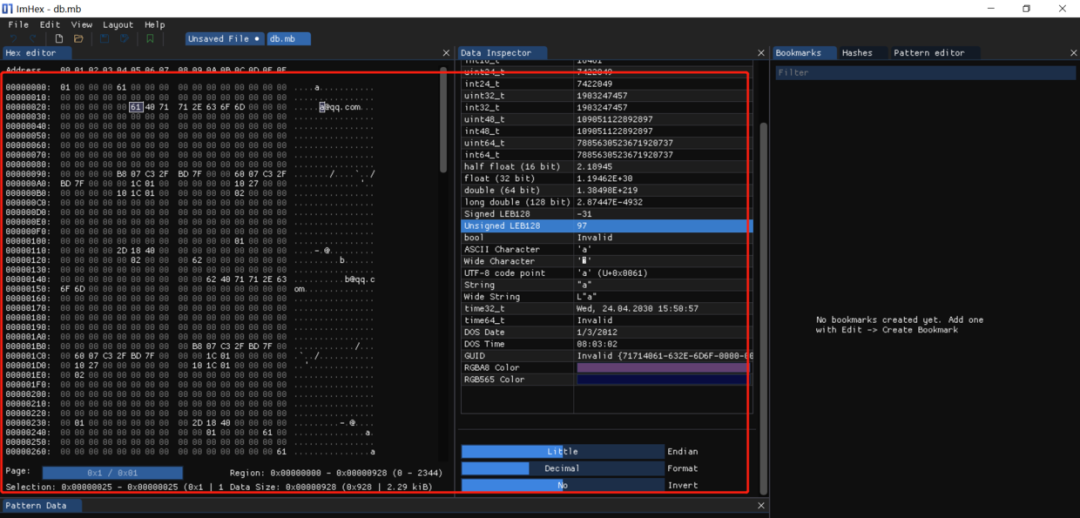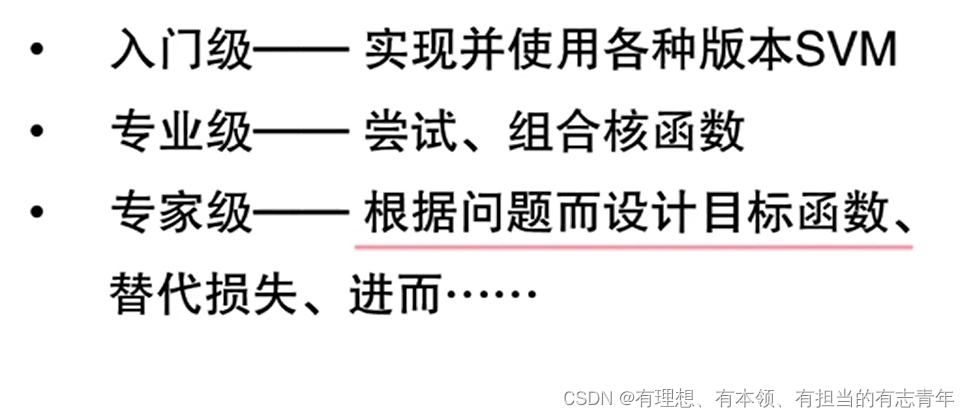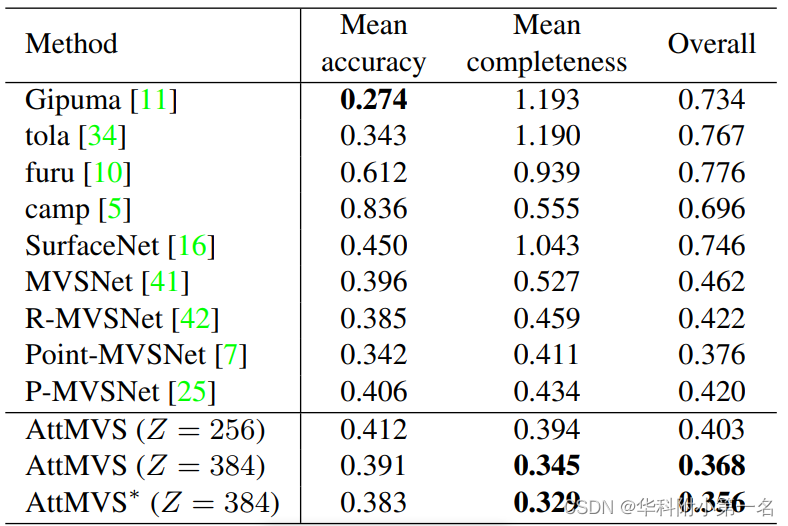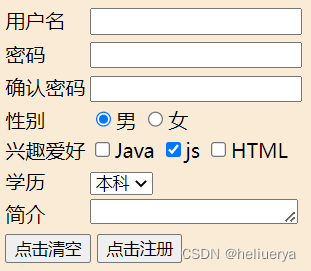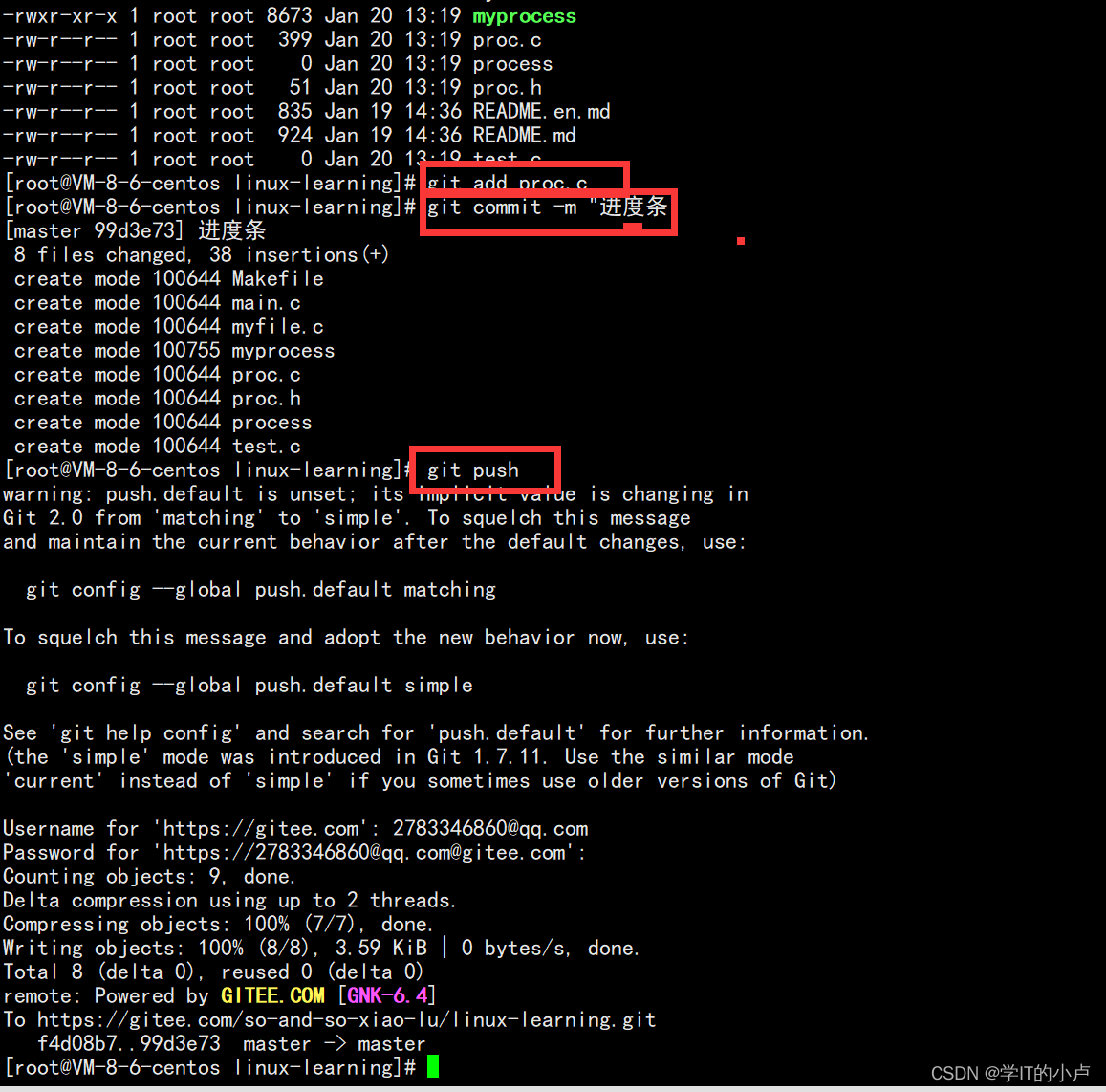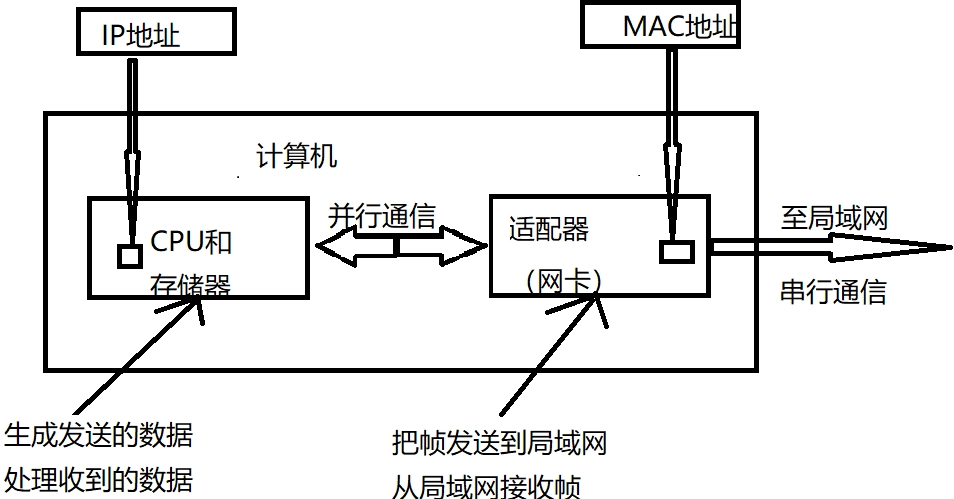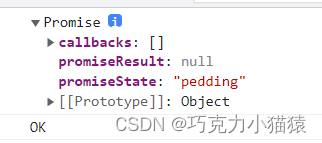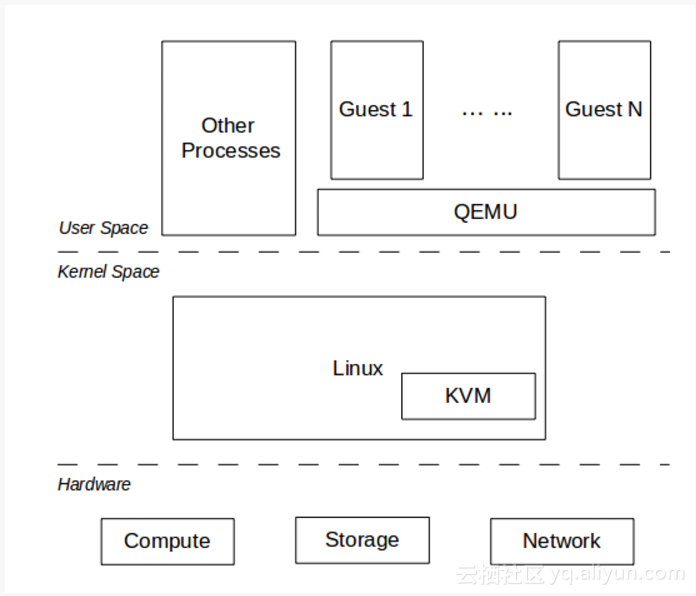AQS
juc.locks包下
AbstractQueuedSynchronizer,抽象的队列同步器

aqs是用来构建锁或者其它同步器组件的重量级基础框架及整个JUC体系的基石, 通过内置的FIFO队列来完成资源获取线程的排队工作,并通过一个int类变量表示持有锁的状态,0未占用,大于0被占用。
解释:
抢到资源的线程直接使用办理业务,抢占不到资源的线程的必然涉及一种排队等候机制,抢占资源失败的线程继续去等待(类似办理窗口都满了,暂时没有受理窗口的顾客只能去候客区排队等候),仍然保留获取锁的可能且获取锁流程仍在继续(候客区的顾客也在等着叫号,轮到了再去受理窗口办理业务)。
既然说到了排队等候机制,那么就一定会有某种队列形成,这样的队列是什么数据结构呢?
如果共享资源被占用,就需要一定的阻塞等待唤醒机制来保证锁分配。这个机制主要用的是CLH队列的变体实现的,将暂时获取不到锁的线程加入到队列中,这个队列就是AQS的抽象表现。它将请求共享资源的线程封装成队列的结点(Node) ,通过CAS、自旋以及LockSuport.park()的方式,维护state变量的状态,使并发达到同步的效果。

AQS相关

Semaphore、CyclicBarrier、ReentrantReadWriteLock、CountDownLatch、ReentrantLock等juc类都是AQS实现的,都有sync内部类。

可以说,AQS是锁的实现者,是Java并发大神Douglee,提出统一规范并简化了锁的实现,屏蔽了同步状态管理、阻塞线程排队和通知、唤醒机制等。
AQS初步知识

AQS使用一个volatile的int类型的成员变量来表示同步状态,通过内置的 FIFO队列来完成资源获取的排队工作将每条要去抢占资源的线程封装成 一个Node节点来实现锁的分配,通过CAS完成对State值的修改。


state变量+CLH双端Node队列
int变量:
AQS的同步状态State成员变量
相当于银行办理业务的受理窗口状态,零就是没人,自由状态可以办理,大于等于1,有人占用窗口,等着去。
CLH队列队列:
CLH队列(三个大牛的名字组成),为一个双向队列,排队线程

内部类Node
Node类在AQS类内部,结构如下:


队列中每个排队的个体就是一个Node,Node的等待状态waitState成员变量,一个Node相当于一个Thread线程(有volatile Thread变量)。
属性说明:


同步队列的基本结构

AQS底层是用LockSupport.park()来进行排队的
ReentrantLock开始解读AQS
Lock接口的实现类,基本都是通过【聚合】了一个【队列同步器】Sync的子类完成线程访问控制的

公平锁和非公平锁
ReentrantLock底层实现:



可以明显看出公平锁与非公平锁的lock()方法唯一的区别就在于公平锁在获取同步状态时多了一个限制条件:hasQueuedPredecessors()。hasQueuedPredecessors是公平锁加锁时判断等待队列中是否存在有效节点的方法,是否排队。

解读非公平锁方法lock()中的AQS
底层AQS源码深度分析
public static void main(String[] args) {
ReentrantLock lock = new ReentrantLock();
//带入一个银行办理业务的案例来模拟我们的AQS如何进行线程的管理和通知唤醒机制
//3个线程模拟3个来银行网点,受理窗口办理业务的顾客
//A顾客就是第一个顾客,此时受理窗口没有任何人,A可以直接去办理
new Thread(() -> {
lock.lock();
try {
System.out.println("-----A thread come in");
try {
TimeUnit.MINUTES.sleep(20);
} catch (Exception e) {
e.printStackTrace();
}
} finally {
lock.unlock();
}
}, "A").start();
//第二个顾客,第二个线程---》由于受理业务的窗口只有一个(只能一个线程持有锁),此时B只能等待,
//进入候客区
new Thread(() -> {
lock.lock();
try {
System.out.println("-----B thread come in");
} finally {
lock.unlock();
}
}, "B").start();
//第三个顾客,第三个线程---》由于受理业务的窗口只有一个(只能一个线程持有锁),此时C只能等待,
//进入候客区
new Thread(() -> {
lock.lock();
try {
System.out.println("-----C thread come in");
} finally {
lock.unlock();
}
}, "C").start();
}
lock()方法:
state变量为0,则未锁住,其中一个线程A抢占cpu,置为1,CAS比较并交换(usafe类)

acquire()方法(AQS类中):
cpu被抢占了,state > 0,后面线程B,C等待,准备入队列
public final void acquire(int arg) {
if (!tryAcquire(arg) &&
acquireQueued(addWaiter(Node.EXCLUSIVE), arg))
selfInterrupt();
}
一共有3个方法:
tryAcquire()
尝试获取锁,抢占。模板设计模式,子类不重写,就抛出异常,强制重写。

非公平锁的重写方法底层是nonfairTryAcquire方法:
/**
* Performs non-fair tryLock. tryAcquire is implemented in
* subclasses, but both need nonfair try for trylock method.
*/
final boolean nonfairTryAcquire(int acquires) {
final Thread current = Thread.currentThread();
int c = getState();
//刚好cpu空闲,线程B正好抢到
if (c == 0) {
if (compareAndSetState(0, acquires)) {
setExclusiveOwnerThread(current);
return true;
}
}
//可重入锁,抢到cpu的线程跟当前线程是同一个则获取到锁,state+1
else if (current == getExclusiveOwnerThread()) {
int nextc = c + acquires;
if (nextc < 0) // overflow
throw new Error("Maximum lock count exceeded");
setState(nextc);
return true;
}
return false;
}
addWaiter(Node.EXCLUSIVE)
EXCLUSIVE排它,队列是双向队列
/**
* Creates and enqueues node for current thread and given mode.
*
* @param mode Node.EXCLUSIVE for exclusive, Node.SHARED for shared
* @return the new node
*/
private Node addWaiter(Node mode) {
Node node = new Node(Thread.currentThread(), mode);
// Try the fast path of enq; backup to full enq on failure
//尾结点不为空,队列不为空
Node pred = tail;
if (pred != null) {
//线程C指向尾结点B
node.prev = pred;
//设置线程C为尾结点
if (compareAndSetTail(pred, node)) {
//尾结点B,之前的尾结点B下一个结点为C结点
pred.next = node;
return node;
}
}
//第一个到达队列的线程,执行这里,进队列
enq(node);
return node;
}
双向链表中,第一个节点为虚节点(也叫哨兵节点),其实并不存储任何信息,只是占位。 真正的第一个有数据的节点,是从第二个节点开始的。enq(node)添加Node结点到队列:
/**
* Inserts node into queue, initializing if necessary. See picture above.
* @param node the node to insert
* @return node's predecessor
*/
private Node enq(final Node node) {
for (;;) {
Node t = tail;
if (t == null) { // Must initialize
//第一次进队列的头结点不是当前线程结点,是一个空节点,叫做哨兵结点
if (compareAndSetHead(new Node()))
//尾结点也指向哨兵结点
tail = head;
} else {
//有了哨兵结点,执行,当前结点的前指针指向尾结点
node.prev = t;
//设置新进的线程结点为尾结点
if (compareAndSetTail(t, node)) {
//上一个尾结点的next指针指向最新的尾结点,即是当前线程结点
t.next = node;
return t;
}
}
}
}
第一个线程B到达队列后执行如下:

第二个线程C入队列:

acquireQueued()
/**
* Acquires in exclusive uninterruptible mode for thread already in
* queue. Used by condition wait methods as well as acquire.
*
* @param node the node
* @param arg the acquire argument
* @return {@code true} if interrupted while waiting
*/
final boolean acquireQueued(final Node node, int arg) {
boolean failed = true;
try {
//线程中断标志
boolean interrupted = false;
//自旋
for (;;) {
//获取当前线程的上一个结点
final Node p = node.predecessor();
//p == head,说明是第一个线程结点(头结点是空节点),出列再次尝试抢占cpu
if (p == head && tryAcquire(arg)) {
setHead(node);
p.next = null; // help GC
failed = false;
return interrupted;
}
//尝试抢占cpu失败,LockSupport,park阻塞当前线程,等待被唤醒,唤醒后再次自旋tryAcquire去尝试获取cpu
if (shouldParkAfterFailedAcquire(p, node) &&
parkAndCheckInterrupt())
interrupted = true;
}
} finally {
if (failed)
cancelAcquire(node);
}
}
park阻塞当前线程前再次尝试抢占cpu,只有前一结点状态是-1,才执行阻塞,方法shouldParkAfterFailedAcquire:
/**
* Checks and updates status for a node that failed to acquire.
* Returns true if thread should block. This is the main signal
* control in all acquire loops. Requires that pred == node.prev.
*
* @param pred node's predecessor holding status
* @param node the node
* @return {@code true} if thread should block
*/
private static boolean shouldParkAfterFailedAcquire(Node pred, Node node) {
//当前结点的prev结点状态,起始0
int ws = pred.waitStatus;
if (ws == Node.SIGNAL)
/*
* This node has already set status asking a release
* to signal it, so it can safely park.
*/
return true;
if (ws > 0) {
/*
* Predecessor was cancelled. Skip over predecessors and
* indicate retry.
*/
do {
node.prev = pred = pred.prev;
} while (pred.waitStatus > 0);
pred.next = node;
} else {
/*
* waitStatus must be 0 or PROPAGATE. Indicate that we
* need a signal, but don't park yet. Caller will need to
* retry to make sure it cannot acquire before parking.
*/
//上一结点的结点状态设置为-1
compareAndSetWaitStatus(pred, ws, Node.SIGNAL);
}
return false;
}
只有上一结点的状态为SIGNAL -1时,才会执行parkAndCheckInterrupt()方法park阻塞当前线程:
/**
* Convenience method to park and then check if interrupted
*
* @return {@code true} if interrupted
*/
private final boolean parkAndCheckInterrupt() {
//卡死在这,等待被唤醒
LockSupport.park(this);
return Thread.interrupted();
}
当占用cpu的线程A被释放时,线程B出队列,设置线程B结点的thread为null,变为哨兵结点,具体方法setHead():
/**
* Sets head of queue to be node, thus dequeuing. Called only by
* acquire methods. Also nulls out unused fields for sake of GC
* and to suppress unnecessary signals and traversals.
*
* @param node the node
*/
private void setHead(Node node) {
head = node;
node.thread = null;
node.prev = null;
}
原哨兵结点等待被GC,线程B结点变新的哨兵结点:

解读非公平锁方法unLock()中的AQS
public void unlock() {
sync.release(1);
}
/**
* Releases in exclusive mode. Implemented by unblocking one or
* more threads if {@link #tryRelease} returns true.
* This method can be used to implement method {@link Lock#unlock}.
*
* @param arg the release argument. This value is conveyed to
* {@link #tryRelease} but is otherwise uninterpreted and
* can represent anything you like.
* @return the value returned from {@link #tryRelease}
*/
public final boolean release(int arg) {
if (tryRelease(arg)) {
//释放成功
//哨兵结点
Node h = head;
if (h != null && h.waitStatus != 0)
//确定是阻塞状态
unparkSuccessor(h);
return true;
}
return false;
}
tryRelease()方法是抛异常,模板设计模式方法,强制重写,ReentrantLock中内部类Sync重写。
protected final boolean tryRelease(int releases) {
//为0,则准备释放
int c = getState() - releases;
if (Thread.currentThread() != getExclusiveOwnerThread())
throw new IllegalMonitorStateException();
boolean free = false;
if (c == 0) {
free = true;
//设置cpu占用线程为null,空闲,e s ku save bu
setExclusiveOwnerThread(null);
}
//设置state=0,可重入锁一直减1
setState(c);
return free;
}
唤醒线程结点方法unparkSuccessor():
/**
* Wakes up node's successor, if one exists.
*
* @param node the node
*/
private void unparkSuccessor(Node node) {
/*
* If status is negative (i.e., possibly needing signal) try
* to clear in anticipation of signalling. It is OK if this
* fails or if status is changed by waiting thread.
*/
int ws = node.waitStatus;
//头结点第一次进来设置状态为0
if (ws < 0)
compareAndSetWaitStatus(node, ws, 0);
/*
* Thread to unpark is held in successor, which is normally
* just the next node. But if cancelled or apparently null,
* traverse backwards from tail to find the actual
* non-cancelled successor.
*/
//实际的第一个线程结点
Node s = node.next;
if (s == null || s.waitStatus > 0) {
s = null;
for (Node t = tail; t != null && t != node; t = t.prev)
if (t.waitStatus <= 0)
s = t;
}
//唤醒,回到被阻塞的程序中
if (s != null)
LockSupport.unpark(s.thread);
}
AQS面试题
我相信你应该看过源码了,那么AQS里面有个变量叫State,它的值有几种?
3个状态:没占用是0,占用了是1,大于1是可重入锁
如果AB两个线程进来了以后,请问这个总共有多少个Node节点?
答案是3个,null的哨兵头结点

